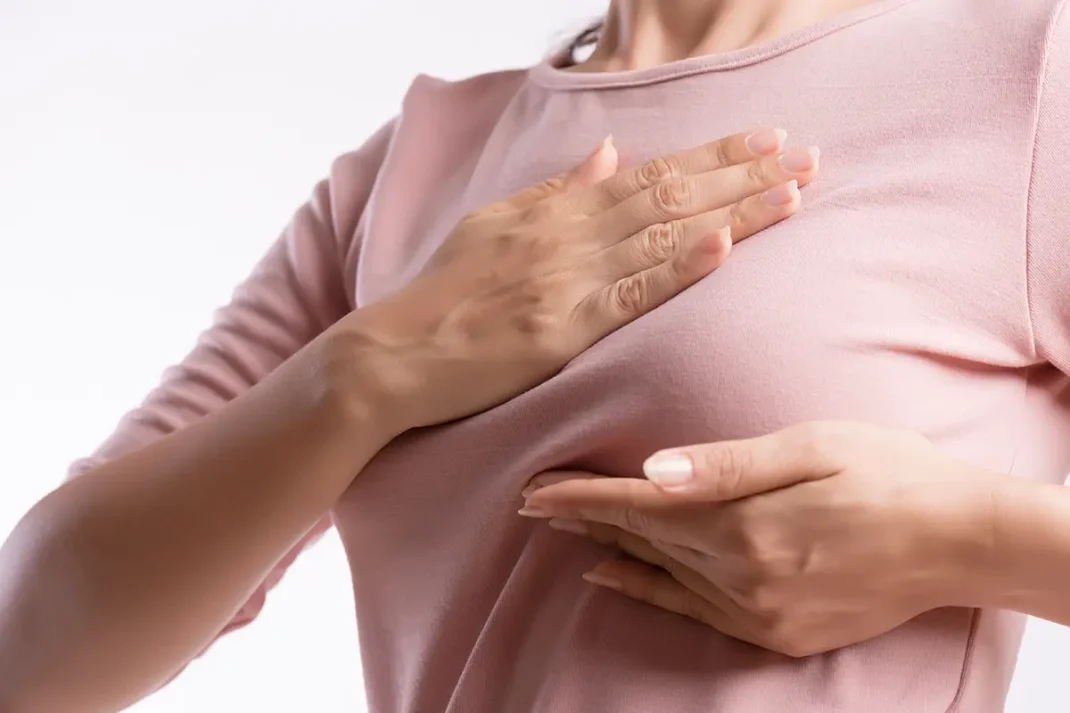Breast cancer is the most common type of cancer in women worldwide. This type of cancer is one of the cancer types with the highest incidence worldwide. According to statistics, one out of every 8 women is diagnosed with breast cancer. At a certain time in their life. Although breast cancer can also occur in men, it is extremely rare. It is seen in one man for every 100 women. When it comes to breast cancer in men.
What are the Risk Factors of Breast Cancer?
Breast cancer risk factors can be grouped under two main headings. These are preventable risks and unchangeable risks. Preventable risks are generally the factors that is preventable in people’s lives. These are reducing smoking and alcohol consumption, creating an active life, eating healthy. Unchangeable risks are the age, gender, dense breast tissue, early menstruation or late menopause. Also a positive family history.
What are the methods used in the diagnosis of breast cancer?
The following methods are used for diagnosis in the treatment of women breast cancer.
Mammography:
Breast cancer screening is a method based on the examination of breast tissue with x-rays. The first mammogram taken when the patient does not have any breast cancer symptoms is the baseline mammography. Mammography can be done for breast screening or diagnostic mammogram.
Ultrasonography:
Breast ultrasound works on the basis of the reflection of sound waves from the tissues. It is used to understand whether a suspicious mass or area found on mammography. Also for the mass that comes to the patient’s hand, is liquid or solid. Fluid-filled masses, namely cysts, do not pose a significant threat to cancer in breast disease. In contrast, early symptoms of breast cancer which solid masses are tumors generally without breast pain. It is necessary to distinguish whether these are benign or malignant. It is done with regular follow-ups or other advanced methods.
Galactography:
It is the filming of the milk ducts by injecting medication into the nipple. It is mostly applied in those with nipple discharge complaints.
Fine-needle biopsy:
It is taking samples at the cellular level with a standard syringe needle. Also examining them under the microscope.
Thick needle biopsy:
It is the examination of a piece of tissue by taking a piece of tissue with a thick needle made for this purpose.
Stereotaxic biopsy:
It is the determination of the location of the mass with a special device and taking a sample from that point.
Stereotaxic marking:
It is the detection of the suspect area with a special device and leaving a thin wire inside.
Surgical biopsy:
It is performed in the operating room and the entire mass is removed and examined under a microscope.

What are the stages of breast cancer?
As with all cancer types, early diagnosis is very important in breast cancer. If the cancer is diagnosed at an early stage. Breast cancer treatment can often be concluded without mastectomy.
How is breast cancer treated?
Depending on the stage of the disease, the patient’s characteristics, and general health, treatment options may include one or more. Standard treatment methods are:
1- Surgical Treatment
It is often the first stage of the fight against cancer. Treatment of most patients begins with the surgical removal of cancerous tissue. A sentinel lymph node biopsy is performed. Also the axillary lymph nodes are also cleaned if necessary.
Today, there are several different applications of surgical intervention in the treatment of breast cancer. These applications are basically divided into two main groups. These are the those for protecting the breast without removal. Also those for removing the entire breast. In the light of recent medical developments, only the removal of the cancerous area and protection of the breast, and sampling from the armpit lymph nodes, similar successful results can be obtained in patients and they can go home the same day. In cases where the entire breast needs to be removed, it is possible to reconstruct the breast with plastic surgery techniques.
2- Radiotherapy (Radiation Therapy)
Radiation therapy is performed to destroy cancer cells that may remain after surgery by applying X-rays (X-rays) to the breast area and armpit.
The most commonly used method is external beam radiation. It is applied for 4-6 weeks after the operation. Using a special linear accelerator, it is irradiated externally, targeting the entire breast and sometimes the armpit.
3- Chemotherapy (Drug Therapy)
It is treatment with drugs that kill cancer cells. After these drugs are given orally or intravenously, they spread throughout the body. They are usually given in different combinations, as they are more effective when several drugs are given together at the same time. Chemotherapy is given in cycles. 4-6 cycles are planned. The interval between each cycle is about 3 weeks. This means a total chemotherapy period of 3 to 5 months.
In some cases, it may be necessary to add drug therapy in addition to the surgical treatment.
Even if there is no cancer in any region in the examinations performed after surgical treatment, drug treatment can be applied for a while as a preventive measure. This treatment is called adjuvant chemotherapy.
4- Hormono Therapy (Hormone Therapy)
Some breast cancer cells may be sensitive to estrogen through the hormone receptors they contain. That is, the hormone estrogen can cause these cancer cells to grow and increase. The aim of hormone therapy is to prevent the development of cancer by eliminating the effect of estrogen in cancer types that contain estrogen receptors and are sensitive to this hormone.
After this kind of treatments, if there is a removal of the breast women prefer to have breast reconstruction surgery. To know about the mastoplasty options please contact us!
Erdem Hospital – The right choice for your health!